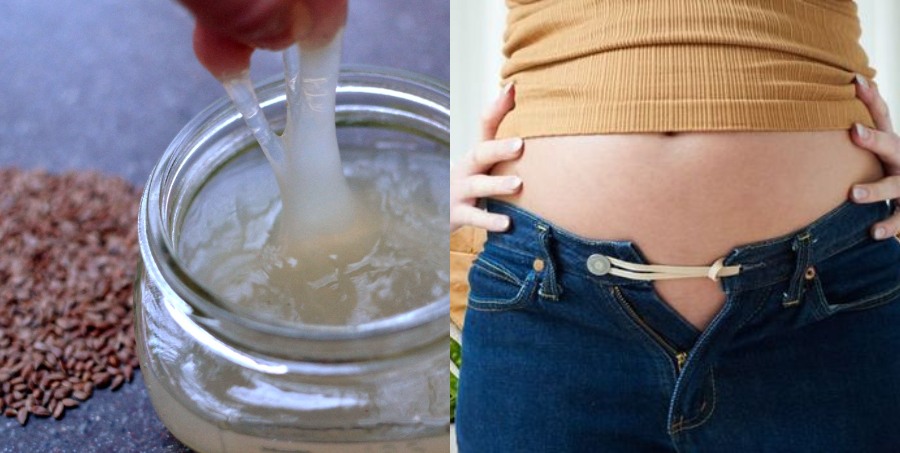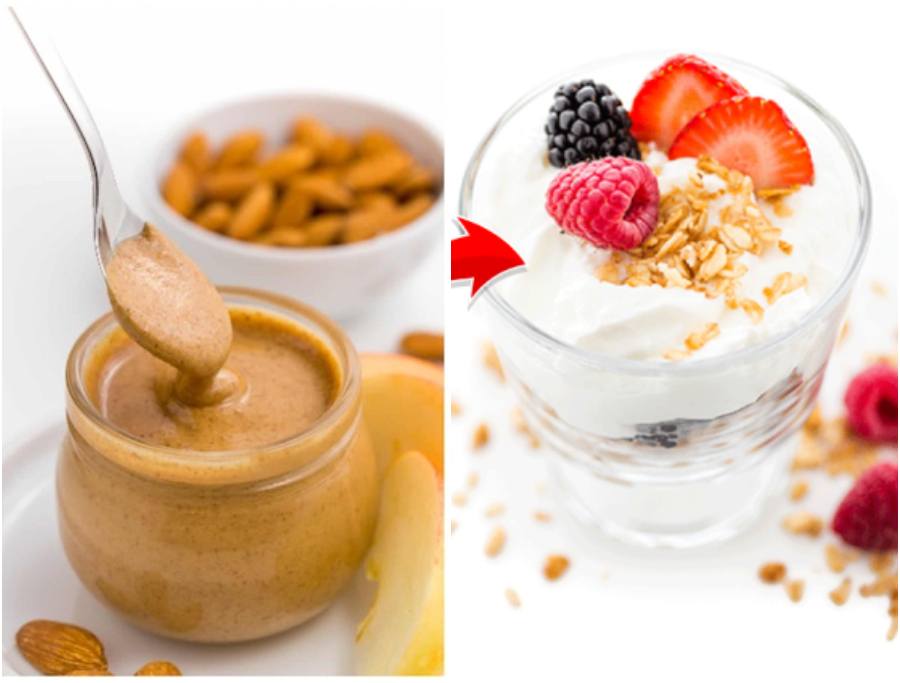How many times have you promised yourself to eat healthy and failed? Countless times, I presume. Diet is one of the pivotal components of a healthy life, the other two being sleep and exercise. Remember the saying “food is fuel?” While other environmental and personal factors influence your body and mind, what you eat is a big contributor to your health. So whether you are thinking of starting healthy lifestyle or trying to lose weight, it is best to analyze your diet and find out your eating behaviour and patterns. This can help plan and reset your diet for more effective nutrition.


Simply because often, we are not mindful of what we are eating. We eat when hunger strikes, whatever we can lay our hands on. And often, the consequences are obesity, malnutrition or hormonal disorders etc.
When Should I Analyze my Diet?

The best time to start is today. Analyze your diet with your current weight, lifestyle and activity levels. You may need to do a second analysis if you have particular illness or any drastic body weight change.
How To Analyze Diet?
Dietary analysis focuses on two key areas: Tracking What You Eat and Finding Your Problem Areas. A well founded answer to these two questions can lead you to achieving ‘the perfect dietary plan’ customized for your requirements. You can start by maintaining a food journal. In fact, there are a lot of apps and websites that let you do the food journaling or tracking what you ate for free. Some key points to track are:
- Time of day you had the food item/meal.
- Type of food and/or drink.
- How it was prepared-oily, spicy, sweetened?
- The amount you ate- Portion size/Serving size
- How you were feeling, who you were with, and where you ate
- Any physical activity (planned or spontaneous) you had during the day.
- Also note down the number of calories based on any online calorie calculator.
No one loves tracking calories, but trust me, it’s for your body’s greater good. A thorough analysis of these questions will not only give you your calorie count, but also reveal answers to some of your food behaviors. Did you eat because you were hungry or because you were bored? Do you have an excessive sweet tooth? Are you triggered by emotions- stress eating or eating because of happiness? Do you crave for sweet things when you are on your periods?
This nutritional info along with your eating patterns will help you decide what are the things you are eating in bulk and what aspects you are missing out. A complete analysis of the Carbohydrates, Proteins, Vitamins and Fats can be found once you analyze your diet.
How Long Should I Analyze My Diet For?
It’s best to analyze your diet for two weeks at a stretch to track a pattern. If you are up for it, analyze your diet for a month. This is also help find out monthly patterns related to your cycle.
Things to Keep in Mind When Analyzing Diet:
- Be sure to record EVERYTHING you eat and drink on those days.
- Be specific about what and how much you eat and drink. Instead of penning down, “I ate a bowl of muesli,” specify which brand of muesli, serving size, milk used (skimmed or low fat), etc.
- Mention the condiments and “extras.” Do not forget to record the cream you added to your morning brew on the way to work or the extra cheese on your fries.
- What my dietary analysis will reveal.
Your food records can help you identify the problems with your food choices. Some of them might be:
- Too many high-calorie snacks between meals.
- Not enough fruits and vegetables.
- Not enough whole grains.
- Not enough fish.
- Too many high-fat dairy and meat products.
- Too much salt from convenience foods and fast foods.
- Too many packaged foods with high saturated fat and trans-fat levels.
What Should I Do After My Diet Analysis:
Now that you are done with your diet analysis, you have a good understanding of how you vulnerable you are to some foods. One step is to consult a dietician/nutritionist to give you a better food plan.
Some steps you can take to have a better and balanced diet are:
- Control what and how you eat. Eat smaller portions of foods and resist going back for second helpings.
Snack on raw/steamed fruit and vegetables between meals to arrive at the table less hungry.
Snack on nuts and fruits to avoid grabbing a bag of chips.
Eat more for breakfast and less for dinner.
Don’t skip meals. Ever.
Do not eat while binge watching Netflix or with your eyes glued to the TV.
Replace sodas with carbonated water or unsweetened iced tea.
Reduce your alcohol consumption. Alcohol has almost as many calories as pure fat.
Choose healthier options while you go grocery shopping. Instead of stocking up on choco-chip cookies, go for an assortment for whole nuts. Also, make it a practice to check up the nutritional info before adding it to your cart.
I hope this article was insightful and helps to make you make positive changes in your daily diet.
Vegetarian Diet Chart for Weight Loss
How to Lose Weight in 4 Weeks – Diet Chart for Weight Loss
Complete Indian Diet Plan for Weight Loss
How to Lose Weight in One Month- Diet Chart for Weight Loss





